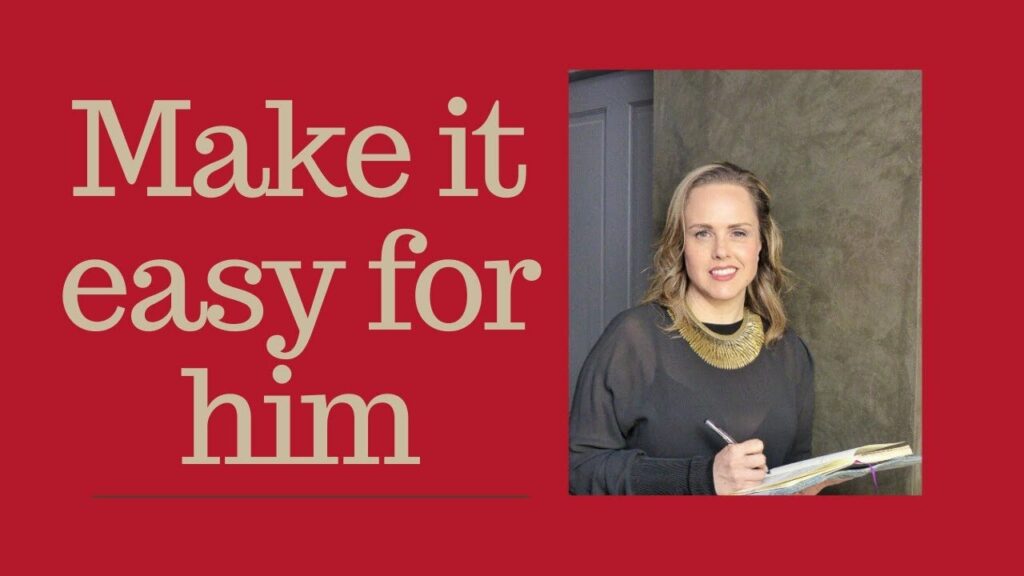Career improvement for successful women depends on a willingness to take risks and leave your comfort zone. After all, if your next move isn’t scary, it’s probably not a big enough jump.
Contents
- Embrace risk – leaving your comfort zone is what makes a well-lived life
- Use any inertia and downtime for strategic planning
- Risk management before the jump
Here are 3 ways to leave the comfort zone …with a degree of comfort.
1. Embrace risk – leaving your comfort zone is what makes a well-lived life
The successful women I coached and interviewed for ‘Beyond the Boys’ Club’ had one thing in common. They refused to be ‘stuck’ in a job or situation that did not work for them, or in ‘a comfort zone role’ they didn’t love. They took many ways out. Some successful women changed industries mid-way through their careers, moved across the country (or indeed the world) or took a role with a completely new company they admired.
The most impactful, and one of the riskiest, decisions I ever took was to move to Ireland just two weeks after finishing my first degree. I only had a temporary visa available to young Commonwealth citizens. In fact, I had never even visited Europe and would be arriving homeless, jobless and friendless.
So I landed in Dublin, looking to start a new adventure and live a life of no regrets. My first comfort zone was a hostel bed in a shared dormitory and the phone numbers of local temporary work agencies. This may sound extreme and certainly speaks to the privilege I had of being born in a commonwealth country. However, risks take many forms and can come at times you don’t expect.
2. Use any inertia and downtime for strategic planning
Indeed, the career of any successful woman has ebbs and flows. No doubt, there are great times to retreat to your comfort zone. Doing so can make complete sense. The successful women with whom I work first take their feet off the accelerator at key points for them.
Perhaps this happens during the first years after the birth of a baby, or while they are getting through an illness themselves or a family member. But on the whole, risk-taking and the love of a challenge is ultimately what creates career progression.
The successful women I interviewed for any of my books realised that ‘stuckness’ is simply inertia. The only cure is to take a step forward. Time to take their foot off the pedal can play a healthy part. However, even that downtime is still a constructive time to reflect and think about ‘what next’ and ‘who do I really want to be?’
Even if you feel like you are ‘quiet quitting’ at times, use that comfort zone time constructively. Reflect on what you’d love to do with your time if you had more energy and who you want to be in 10 years time – what would make you proud to have accomplished? Life, as successful women know, is no dress rehearsal.
3. Risk management before the jump
Taking calculated risks is the best way to avoid feeling stale — and it can bring substantial rewards, both professionally and psychologically. However, the smartest successful women always look before they leap. They may not get all the answers they want, but doing their homework makes them feel in control.
You can have ‘information interviews’ with people in the industries in which you’d like to work. Or they take a secondment with a client you admire. Alternatively, you may offer to be the maternity cover for a colleague with an interesting role. You’d even get new information by attending a networking event (ever-easier in the world of online attendance!) for the types of roles you have your eyes on.
These types of risk management gives you a ‘sneak peak’ before you make the big jump you assume will make you happy. These are the ultimate try-before-you-buy opportunities!
To friends, my move to Ireland looked completely spontaneous. However, the truth is I spent the entire year prior to graduation reading everything I could about the UK – from newspapers to guidebooks. I saved all I could from my part-time job at the University store to cushion my jump.
I also brushed up on all the legalities of moving to the UK, and on the ‘Working Holidaymakers Visa’. This type of forward planning was vital for me as it ultimately allowed me to travel onwards to London, after six months had elapsed, with a recommendation from my Dublin employer.
This type of risk management was all before I asked every professor I knew for any European contacts they had. I got one single name and a lot of ‘Good luck’s’, but that was enough. So my personal risk management in what appeared to be my downtime paid off. Most of my talks focus on the successful women about whom I write. However, this is a personal risk-taking story I sometimes share with the audiences of women in male-dominated fields with whom I speak.
In any case, the good news is that you have probably already taken risks to get the career you have. Since these are in the past, we tend to minimise them – but that didn’t make them any less tricky or scary to accomplish.
Look to your past for the evidence you can make it work. Think back on the risks you’ve already taken, and what you learned from them. That’s the way to safely leave the comfort zone that could ultimately hold you back once you’ve outgrown it.
Read further
Go deep into stories for the most communication impact
Meeting a new person at work, at a networking event or at an interview can…
3 ways how training for resilience is about finding your ’tribe’
Training for resilience isn’t just about gym time and weight-bearing exercises. In the workplace, it’s…
How is recognition in a recession as motivating as money for successful business women?
It won’t pay the bills and you certainly can’t eat it during a recession. However,…
How to talk about money and power
Quite a lot, it turns out, and a lot is determined by how your partner views your…







































